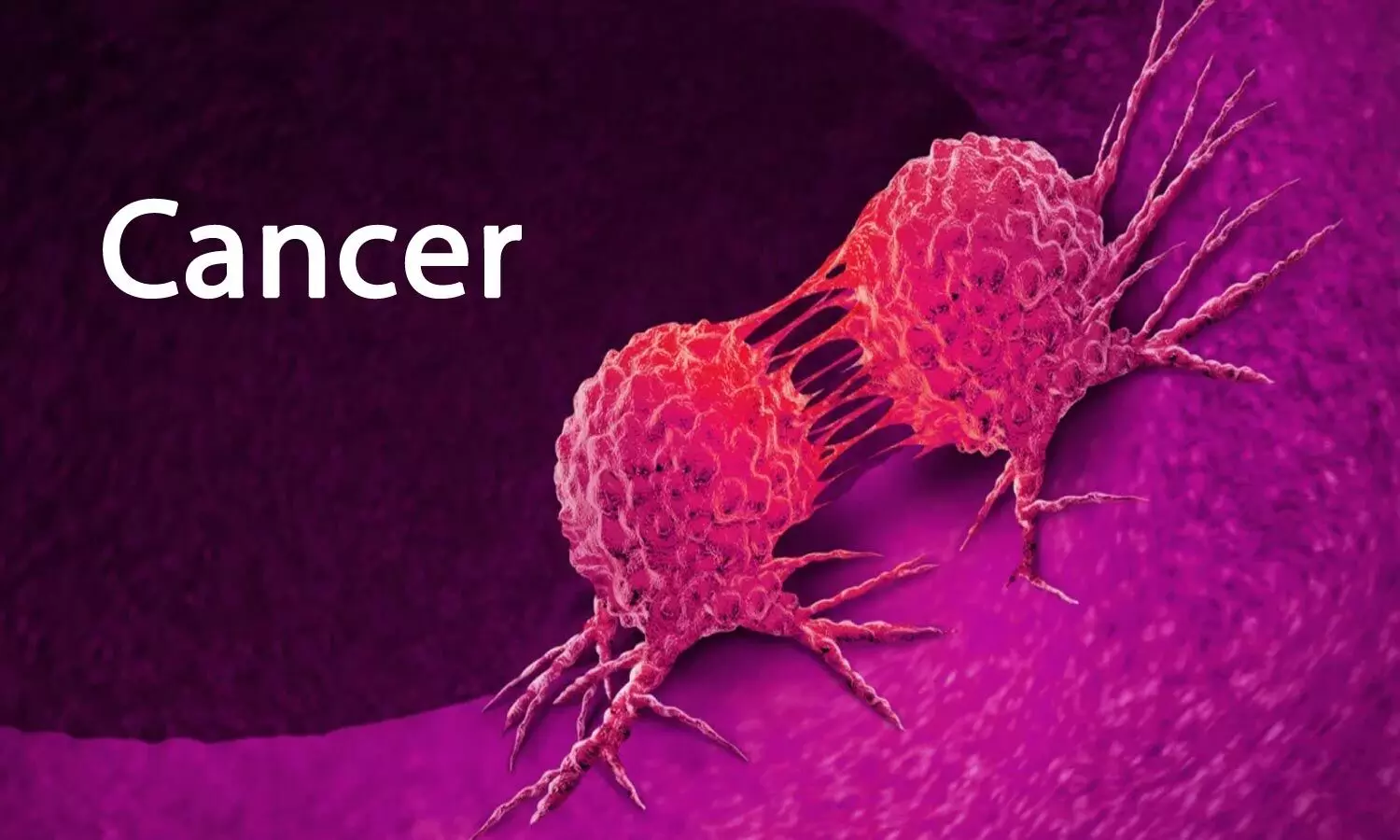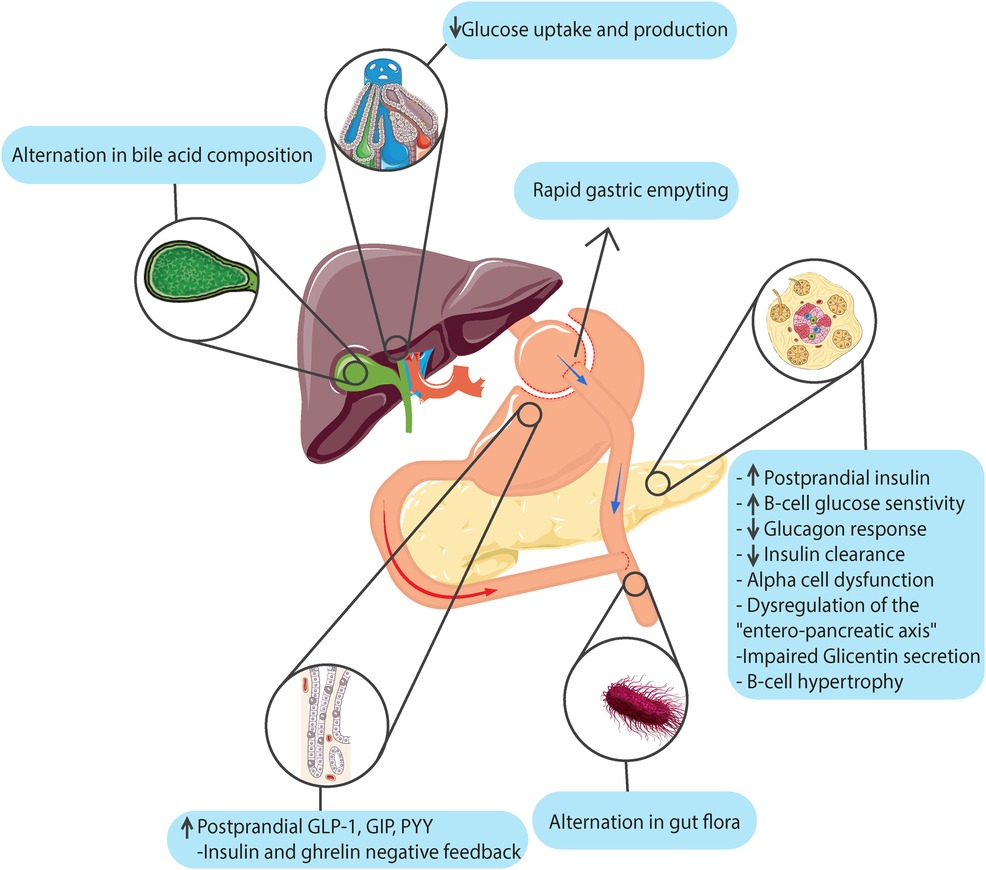provostbariatrics.com – Cancer is one of the most significant chronic illnesses that affect millions of people worldwide. It is not a single disease but a group of diseases that occur when cells in the body begin to grow uncontrollably, forming abnormal masses known as tumors. Over the years, advancements in medical research and treatment have significantly improved survival rates and quality of life for many cancer patients. However, the journey with cancer is complex, involving both physical and emotional challenges. This article will explore the nature of cancer, its impact, treatment options, and ways to manage life with the disease.
What is Cancer?
Cancer occurs when cells in the body divide and grow uncontrollably, often forming a lump or mass known as a tumor. There are over 100 types of cancer, and they can develop in nearly any part of the body. Cancer is classified based on the type of cell it starts in, such as:
- Carcinomas (cancers that start in the skin or tissues lining internal organs)
- Sarcomas (cancers that start in bone, cartilage, fat, muscle, or blood vessels)
- Leukemias (cancers of the blood and bone marrow)
- Lymphomas (cancers that begin in the immune system cells)
The Causes of Cancer
Cancer is a multifactorial disease, meaning it can result from a combination of genetic, environmental, and lifestyle factors. Some of the common risk factors include:
- Genetics: Inherited mutations can increase the risk of certain cancers. For example, BRCA1 and BRCA2 gene mutations are linked to breast and ovarian cancers.
- Lifestyle Choices: Smoking, alcohol consumption, unhealthy diets, and lack of exercise can increase the risk of certain cancers, such as lung, liver, and colon cancer.
- Environmental Exposures: Exposure to harmful substances, such as asbestos or certain chemicals, can lead to the development of cancer.
- Age and Gender: The risk of cancer increases with age. Some cancers are more common in specific genders; for instance, prostate cancer is more common in men, while breast cancer is more common in women.
Symptoms of Cancer
Cancer symptoms can vary greatly depending on the type of cancer and its location in the body. Some common signs include:
- Unexplained weight loss
- Fatigue or feeling weak
- Pain or discomfort
- Changes in skin appearance or wounds that don’t heal
- Changes in bowel or bladder habits
- Persistent cough or difficulty breathing
- Lumps or growths
However, many types of cancer don’t show symptoms until they reach advanced stages, which is why regular screenings and check-ups are important for early detection.
Diagnosis of Cancer
Diagnosing cancer typically involves a combination of methods, such as:
- Physical exams and medical history: A doctor may examine the patient and ask about their symptoms, risk factors, and family history.
- Imaging tests: X-rays, CT scans, MRIs, and ultrasounds help doctors visualize abnormalities in the body.
- Biopsy: A small sample of tissue is taken from the suspicious area and analyzed in a laboratory to confirm the presence of cancer cells.
- Blood tests: Certain cancers can be detected through blood tests that look for specific markers or abnormalities.
Treatment of Cancer
Treatment options for cancer depend on the type, stage, and location of the disease. Common treatments include:
- Surgery: Removing the tumor or cancerous tissue is one of the most common methods for treating localized cancers.
- Chemotherapy: The use of powerful drugs to kill cancer cells or stop their growth. Chemotherapy can be administered orally or through injections, but it often causes side effects such as nausea, hair loss, and fatigue.
- Radiation therapy: High-energy rays are used to target and destroy cancer cells. This treatment is often used in conjunction with surgery or chemotherapy.
- Immunotherapy: This treatment boosts or restores the body’s immune system to fight cancer. It includes monoclonal antibodies and vaccines that help the immune system recognize and attack cancer cells.
- Targeted therapy: These drugs target specific molecules involved in the growth of cancer cells. Targeted therapy can be less harmful to healthy cells than traditional chemotherapy.
- Hormone therapy: For cancers that are hormone-sensitive, like breast and prostate cancer, hormone-blocking treatments can be used to slow or stop the cancer’s growth.
In some cases, a combination of these treatments may be used to increase the chances of successful treatment.
Living with Cancer: Chronicity and Long-Term Care
Cancer is often viewed as a chronic illness because treatment may involve managing the disease over a long period, particularly in cases of advanced or metastatic cancer. Some individuals live with cancer for many years, requiring continuous treatment, while others may experience periods of remission or recovery. However, even those in remission must undergo regular check-ups to monitor for potential recurrences.
Managing life with cancer includes:
- Physical and emotional support: Cancer can cause significant emotional distress, including anxiety, depression, and feelings of isolation. Support from loved ones, counseling, or support groups can help individuals cope.
- Palliative care: For those with advanced cancer, palliative care focuses on improving quality of life by alleviating pain and managing symptoms. This care is designed to provide comfort and support, rather than curative treatment.
- Self-care and lifestyle changes: Eating a balanced diet, staying active, and managing stress can help improve physical and mental health during cancer treatment. Practicing mindfulness, staying connected with friends and family, and staying positive can also contribute to a better quality of life.
Cancer Prevention and Early Detection
While not all cancers are preventable, many lifestyle changes can help reduce the risk of developing cancer:
- Avoiding tobacco and excessive alcohol consumption
- Maintaining a healthy weight and exercising regularly
- Eating a diet rich in fruits, vegetables, and whole grains
- Getting vaccinated (e.g., HPV vaccine for cervical cancer, hepatitis B vaccine for liver cancer)
- Regular screenings: Early detection through screenings such as mammograms, Pap smears, colonoscopies, and skin checks can lead to earlier treatment and better outcomes.
The Emotional Impact of Cancer
Being diagnosed with cancer can be overwhelming, and the emotional toll it takes can be just as significant as the physical effects. People living with cancer often experience a range of emotions, including fear, anger, sadness, and anxiety. It’s important for individuals with cancer to seek emotional support, whether through therapy, support groups, or loved ones, to help navigate these feelings.
For family members and caregivers, it’s equally important to manage their own mental health as they support their loved ones. Caregiver burnout can be a serious concern, so self-care and seeking external support is vital.
Conclusion
Cancer is a complex and often life-changing chronic illness. Though the challenges are significant, medical advancements have led to improved treatments and outcomes, allowing many people with cancer to lead fulfilling lives. Understanding the disease, its treatments, and how to manage the physical and emotional aspects of living with cancer is crucial for both patients and their support networks. By making healthy lifestyle choices, seeking early detection, and maintaining emotional well-being, individuals can better navigate the journey of cancer, finding strength in resilience and support from others.






